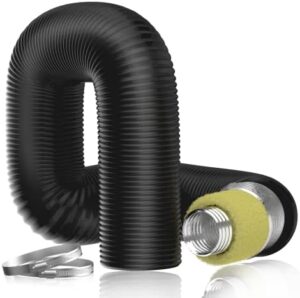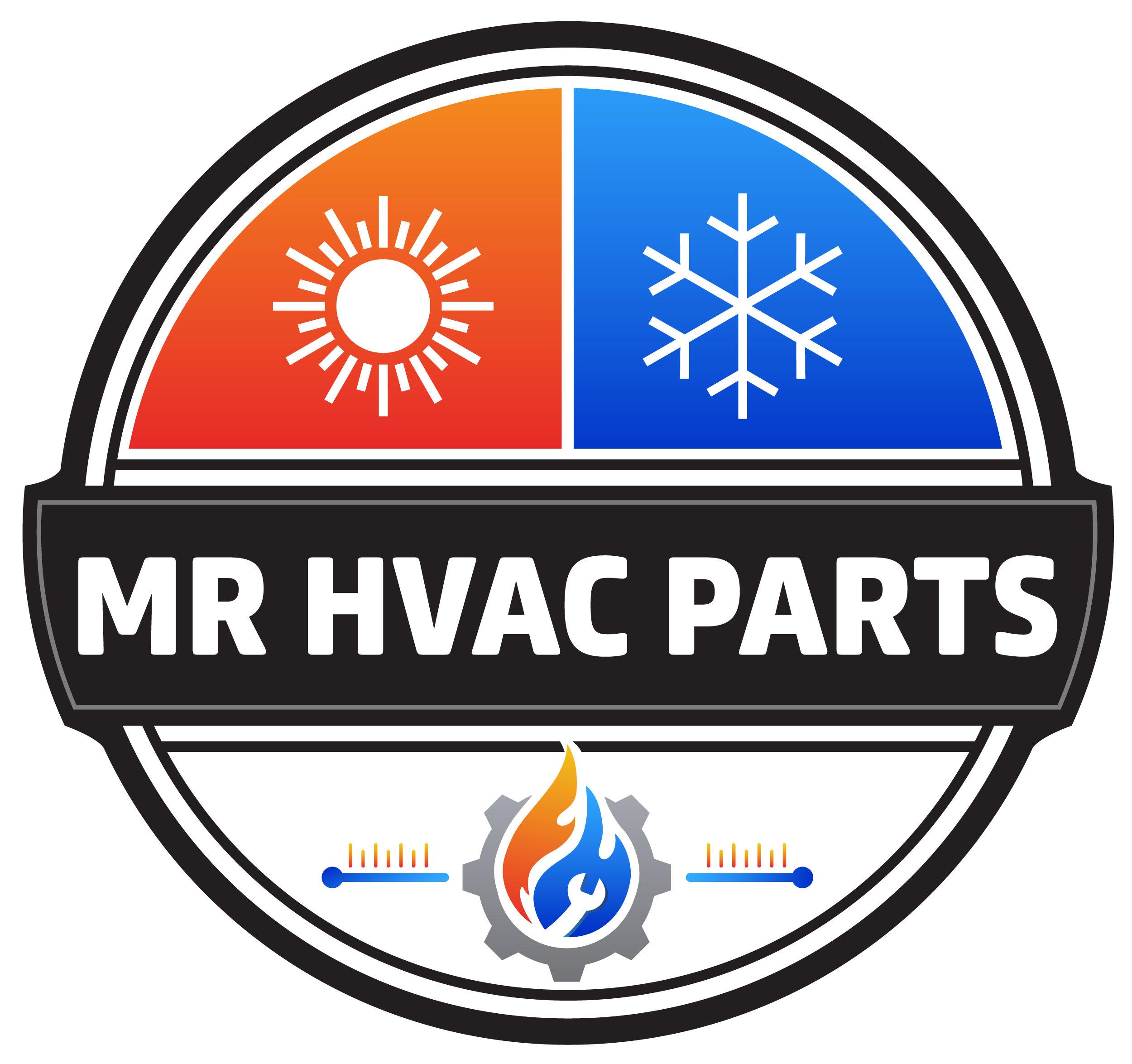Ductwork in Washington, DC and the DMV Area: A Complete Guide
Ductwork is a crucial component of your HVAC system, responsible for distributing conditioned air throughout your home or business. In a region like Washington, DC, and the surrounding DMV area, where seasonal temperature extremes are common, having well-maintained ductwork is essential for both comfort and energy efficiency. In this guide, we’ll explore everything you need to know about ductwork, from its importance and types to common issues and maintenance tips.
Why Ductwork Matters

Ductwork serves as the transportation network for your HVAC system, delivering heated or cooled air from your furnace or air conditioner to different areas of your building. Properly designed and maintained ductwork ensures that your HVAC system operates efficiently, providing consistent temperatures and reducing energy waste.
Benefits of Well-Maintained Ductwork:
Improved Air Distribution: Proper ductwork design and maintenance ensure even air distribution, preventing hot or cold spots in your home or business.
Energy Efficiency: Well-sealed and insulated ducts reduce energy loss, allowing your HVAC system to operate more efficiently and lowering your utility bills.
Enhanced Indoor Air Quality: Clean ducts reduce the circulation of dust, allergens, and pollutants, contributing to a healthier indoor environment.
Types of Ductwork
Ductwork comes in various materials and configurations, each suited for specific needs and applications. Understanding the different types can help you make informed decisions about your HVAC system in the DMV area.
Sheet Metal Ducts:
Overview: Sheet metal ducts are typically made from galvanized steel or aluminum. They are durable, long-lasting, and resistant to mold growth.
Best For: Homes and businesses requiring robust, low-maintenance ductwork that can withstand the rigors of constant use.
Advantages: Highly durable and resistant to damage, providing long-term reliability.
Flexible Ducts:
Overview: Flexible ducts are made from a spring steel wire coil covered with a plastic and insulation layer. They are easier to install than sheet metal ducts and are often used in tight spaces.
Best For: Residential applications where space constraints or complex layouts make rigid ducts impractical.
Advantages: Easier to install, flexible, and cost-effective.
Fiberglass Ducts:
Overview: Fiberglass ducts are lined with fiberglass insulation, providing excellent thermal performance and sound attenuation. However, they can deteriorate over time and may harbor mold if not properly maintained.
Best For: Commercial buildings where noise reduction and insulation are priorities.
Advantages: Good thermal and acoustic insulation properties.
Fabric Ducts:
Overview: Fabric ducts, also known as air socks, are made from a special fabric material. They are often used in industrial or commercial settings where air distribution needs to be uniform.
Best For: Large, open spaces like gyms, warehouses, and auditoriums.
Advantages: Lightweight, customizable, and easy to clean.
Common Ductwork Issues
Ductwork problems can lead to inefficient HVAC operation, higher energy bills, and poor indoor air quality. Here are some common issues you may encounter with your ductwork in Washington, DC, and the DMV area:
Leaks:
Overview: Leaky ducts are a common issue that can lead to significant energy loss. Holes, gaps, or poor connections in the ductwork allow conditioned air to escape, reducing the efficiency of your HVAC system.
Signs: Higher energy bills, uneven temperatures, and visible gaps or tears in the ducts.
Poor Insulation:
Overview: Ducts that are not properly insulated can lose heat or cool air as it travels through unconditioned spaces like attics or basements, leading to energy waste and reduced comfort.
Signs: Difficulty maintaining consistent temperatures, especially in rooms farther from the HVAC unit.
Dirty Ducts:
Overview: Over time, dust, dirt, and debris can accumulate in your ductwork, reducing airflow and circulating allergens and pollutants throughout your home.
Signs: Increased dust in your home, musty odors, and reduced airflow from vents.
Poor Design or Installation:
Overview: Improperly designed or installed ductwork can cause a range of issues, from inefficient airflow to increased wear and tear on your HVAC system.
Signs: Inconsistent heating or cooling, unusual noises, and higher than normal energy consumption.
Maintaining Your Ductwork in the DMV
Regular maintenance of your ductwork is essential for keeping your HVAC system running smoothly and efficiently in Washington, DC, and the DMV area. Here’s how to ensure your ducts are in good condition:
Regular Inspections:
Schedule professional ductwork inspections at least once a year to check for leaks, insulation issues, and other potential problems.
Duct Sealing:
If leaks are detected, have your ducts professionally sealed to prevent air loss and improve efficiency.
Duct Cleaning:
Consider professional duct cleaning every few years to remove accumulated dust and debris, improving airflow and indoor air quality.
Upgrade Insulation:
Ensure your ducts are properly insulated, especially in unconditioned spaces, to prevent energy loss and maintain consistent temperatures.
Where to Service Ductwork in Washington, DC, and the DMV
If you’re experiencing issues with your ductwork, it’s important to consult with a professional HVAC technician. Contact us today to schedule an inspection or learn more about your ductwork options.
Ductwork is an essential part of your HVAC system, responsible for delivering conditioned air throughout your home or business. In Washington, DC, and the DMV area, where temperature extremes are common, well-maintained ductwork is key to maintaining comfort and energy efficiency.
By understanding the different types of ductwork, recognizing common issues, and staying proactive with maintenance, you can ensure that your HVAC system operates at its best, providing reliable and efficient comfort for years to come.


